SafePal S1 & S1 Pro: Cheap Air-gapped Hardware wallet
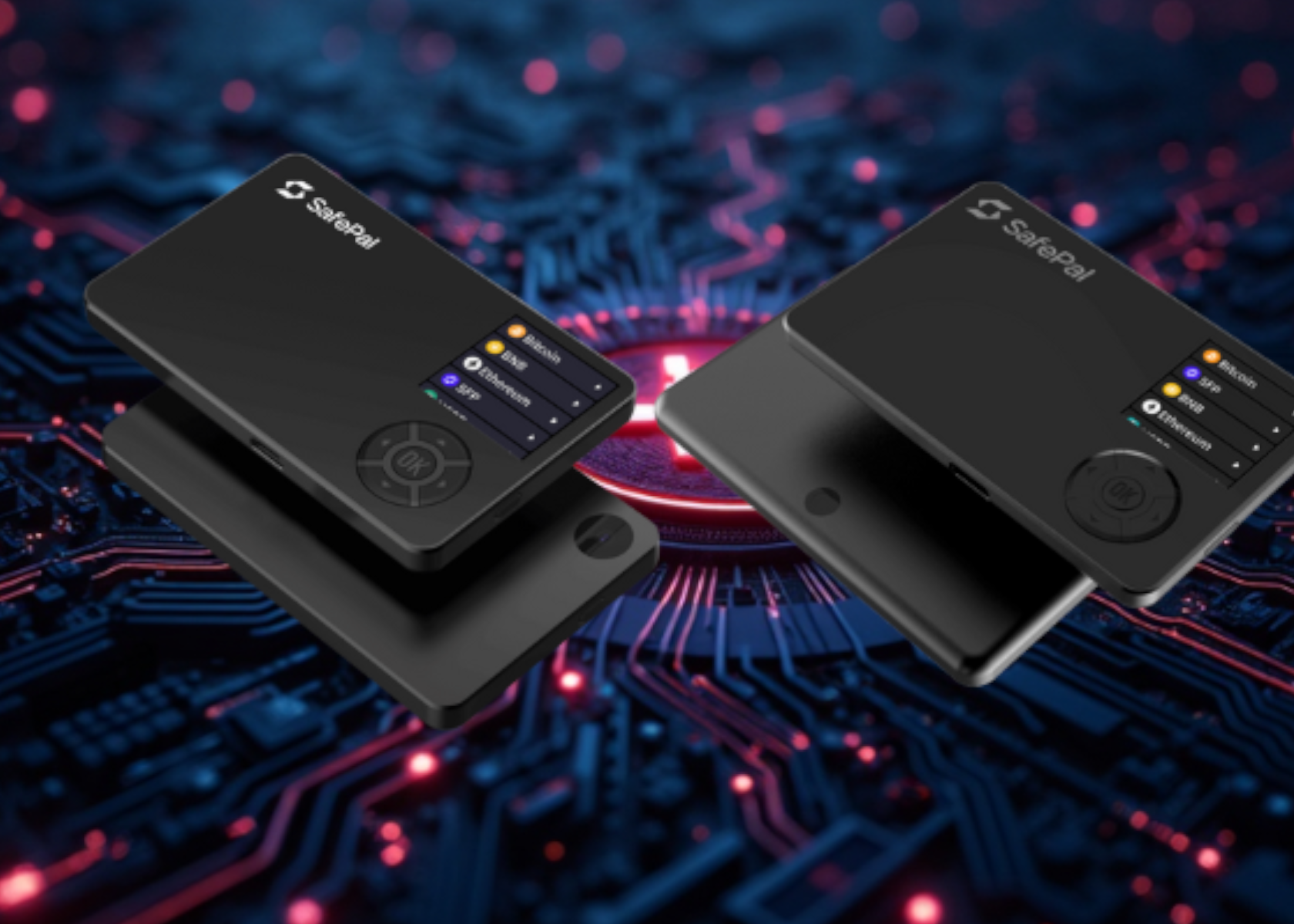
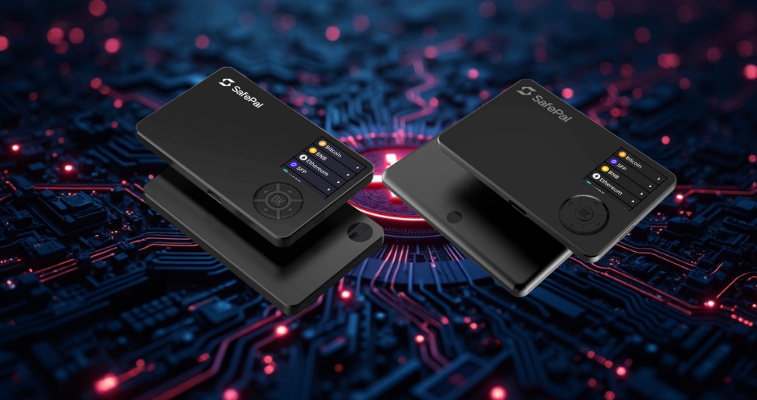
With crypto thefts and phishing attacks growing more sophisticated, relying on internet-connected wallets is no longer a safe default. The SafePal S1 and its rugged upgrade, the S1 Pro, offer a fully air-gapped cold storage solution without the premium price tag. By operating completely offline and using QR codes for signing transactions, these devices remove entire categories of attack vectors — all while costing significantly less than most air-gapped competitors.
While convenience often comes at the cost of security, SafePal flips the script. You generate and store your private keys securely on the device, sign transactions without ever exposing them to the internet, and approve everything manually on a built-in screen. For users who want real cold storage without compromising portability or budget, the SafePal S1 lineup offers a rare balance of security and portability at an affordable price.
Pros & Cons
SafePal S1 & SafePal S1 Pro Quick Specs

- Manufacturer: SafePal (China)
- Type: Multi-cryptocurrency air-gapped hardware wallet
- Release Year: 2025 (latest firmware)
- Price: S1 - $49.99 & S1 Pro - $89.99
- Connectivity: QR codes & USB-C (for firmware update)
- Display: 1.3” color screen + D-pad navigation
- Security: Certified secure element (CC EAL6+)
- Backup/Recovery: BIP39 seed phrase (12, 18, or 24 words)
- Firmware: Proprietary (Closed-source)
- Battery: 400 mAh for the S1 & 500 mAh for the S1 Pro
- Mobile/Desktop Integration: SafePal mobile app (iOS & Android) & Extension
- Supported Assets: 200+ Blockchains and thousands of coins, including $BTC, $ETH, $SOL, $BNB, $XRP, $MATIC, $ADA, $TRX, and other tokens.
- Special Features:
- 100% air-gapped design
- Built-in camera for secure QR scanning
- Strong integration with the SafePal mobile ecosystem
- Anti-tampering self-destruct mechanism
SafePal S1 vs SafePal S1 Pro
At their core, the S1 and S1 Pro offer the same features and functionality. Both are fully air-gapped devices that use QR-code signing to process transactions offline. They support over 200 blockchains and 30,000 tokens, including NFTs, meme coins, AI tokens, and new listings. But there are a few hardware differences worth noting:
How I Used the SafePal S1
To get started, I verified the tamper-evident seal on the box—SafePal includes a VOID sticker to ensure your device hasn’t been opened or compromised in transit. Once that was clear, I powered on the S1 and was immediately prompted to create a new wallet offline, directly on the device.
The SafePal S1 walks you through wallet setup without needing a phone or desktop. I was able to generate a 12, 18, or 24-word seed phrase from the device itself, which I wrote down manually. No USB, no internet connection, no chance for remote compromise—this is how cold storage should start.
Next, I downloaded the SafePal mobile app (Android) and used my S1’s built-in camera to scan a QR code and pair the two devices. SafePal uses a dual handshake QR process: one QR from the app to the device, and a dynamic QR from the device to the app. The moving QR code is a nice security touch and prevents spoofing.
From there, I loaded up accounts in Bitcoin $BTC, Ethereum $ETH, and Solana $SOL, plus added a handful of meme coins and AI tokens like $SHIB, $PEPE, and $FET. Sending a transaction was easy: you build the transaction in the app, then scan a confirmation QR with the device to sign it offline. The device displays all the transaction details clearly for manual review.
The D-pad navigation took a little getting used to, but it was accurate and responsive. There’s no touchscreen, but that also means fewer attack vectors and better physical durability. I signed and sent a test transaction to my exchange wallet, and it worked flawlessly on the first attempt.
The S1 Pro, which I tested briefly after, offers the same workflow, but the rugged shell and centered camera made it feel more premium—especially during the scanning process, which was faster and more natural with the new layout.
Rating (Overall: 4/5)
Is the SafePal S1 the Best Entry-Level Air-Gapped Hardware Wallet?
When it comes to price-to-security ratio, the SafePal S1 is in a league of its own. It’s the most affordable air-gapped hardware wallet on the market, and yet it outclasses more mainstream names like Ledger in key areas — namely, true offline transaction signing and broad token support across 200+ blockchains.
That said, it’s not without quirks. While transactions are signed entirely offline using QR codes, firmware updates and battery charging are done via USB. This may feel counterintuitive in the air-gapped security model. SafePal argues that even a microSD card can carry malware and that using a USB doesn’t compromise transaction security — which is true — but some purists will find the decision a bit disconcerting. Still, the convenience and cost savings of using USB likely contribute to its low price point and ease of use for beginners, which can’t be overlooked.
The 1.3-inch screen is crisp, but cramped. Verifying long addresses or smart contract interactions can be frustrating, especially for more complex transactions. While it supports thousands of tokens, I would have appreciated a Bitcoin-only firmware option, similar to what the Keystone 3 Pro offers for power users. Third-party software wallet compatibility (like Sparrow, Specter, or Rabby) would also be a huge bonus — but at this price, compromises are inevitable.
So, is it the best air-gapped wallet overall? No. But if you're looking for the best entry-level air-gapped wallet, the SafePal S1 is unmatched. For just $49.99, it brings QR-based cold storage to a wider audience, and I’d confidently pick it over half of the hardware wallets on the market today.
As for the SafePal S1 Pro, the improvements — aluminum body, larger battery, centered camera — are nice to have, but don’t feel essential. At $89.99, it’s not overpriced, but unless you're worried about physical ruggedness or scanning angles, I’d suggest saving the extra $40 and grabbing the standard S1, or even two. Or wait for the next-gen SafePal model. Either way, your crypto stays safely offline — where it belongs.
Lukas is your trusted guide for navigating the best crypto hardware wallets of 2025. Their deep dives cut through the noise, empowering you to protect your digital assets. Explore more of their invaluable resources here:
- Best Bitcoin-Only Hardware Wallets of 2025 – For maximalists who value simplicity and sovereignty.
- Best Metal Seed Phrase Backups in 2025 – The only way to protect your seed words from fire, water, and time.
- Top 20 Hardware Wallets for Crypto Cold Storage – A complete guide to
- the most secure and trusted devices available today.
- Best Biometric Hardware Wallets in 2025 – Because privacy and convenience don’t have to be opposites.
- Best Credit Card-Sized Hardware Wallets in 2025 – Perfect for semi-cold storage and covert carry.
- Top 6 Hardware Wallets for NFTs in 2025 – Yes, even your digital collectibles deserve cold storage.
FAQs:
- What is the SafePal S1 and S1 Pro hardware wallet?
The SafePal S1 and S1 Pro are affordable, air-gapped hardware wallets developed by SafePal (a Binance-backed company) designed to securely store your cryptocurrencies offline. Both models support over 200 blockchains and 30,000+ tokens, including Bitcoin ($BTC), Ethereum ($ETH), Solana ($SOL), and popular meme coins like $DOGE and $SHIB.
- Is the SafePal S1 good for meme coins, presale tokens, and top altcoins?
Yes — the SafePal S1 excels at supporting a broad range of assets, making it a solid choice for anyone holding meme coins like $PEPE, $BONK, or $MOG, presale tokens from emerging projects and top cryptocurrencies like $BTC, $ETH, and $SOL.
- What makes the SafePal S1 Pro different from the original S1?
The SafePal S1 Pro is essentially an upgraded version of the S1, featuring a more durable aluminum alloy and tempered glass casing, a larger 500mAh battery, and a centered rear camera for smoother QR scanning. Internally, it shares the same secure element chip (EAL6+), firmware, and transaction signing process.
- Is the SafePal S1 truly air-gapped if it has a USB port?
Yes, the SafePal S1 is considered a truly air-gapped hardware wallet, even though it includes a USB port. The USB connection is used strictly for charging the device and installing firmware updates, but never for signing or transmitting transactions. All transaction signing happens via QR codes, ensuring your private keys stay completely offline.
Testimonials
Special thanks to Davinci Jeremie and Walter P. Henry for their in-depth tutorials. Their content was invaluable in helping me confidently set up and use my Safepal S1 the right way:
Walter P. Henry: https://www.youtube.com/watch?v=67YyXNAW35g
Subscribe to the Markets Outlook newsletter
Related Posts
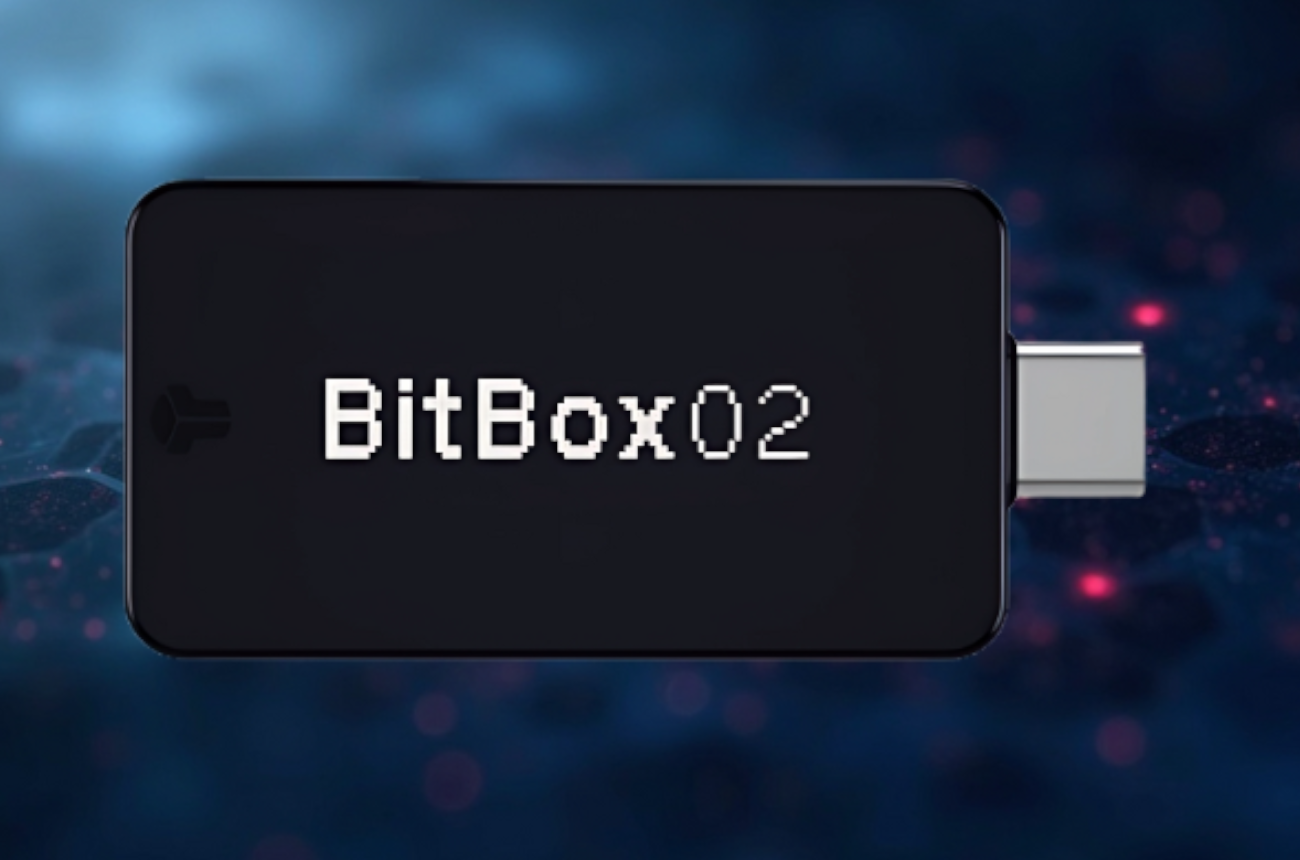
BitBox02 Review: Swiss-Made Precision for Secure Crypto Self-Custody










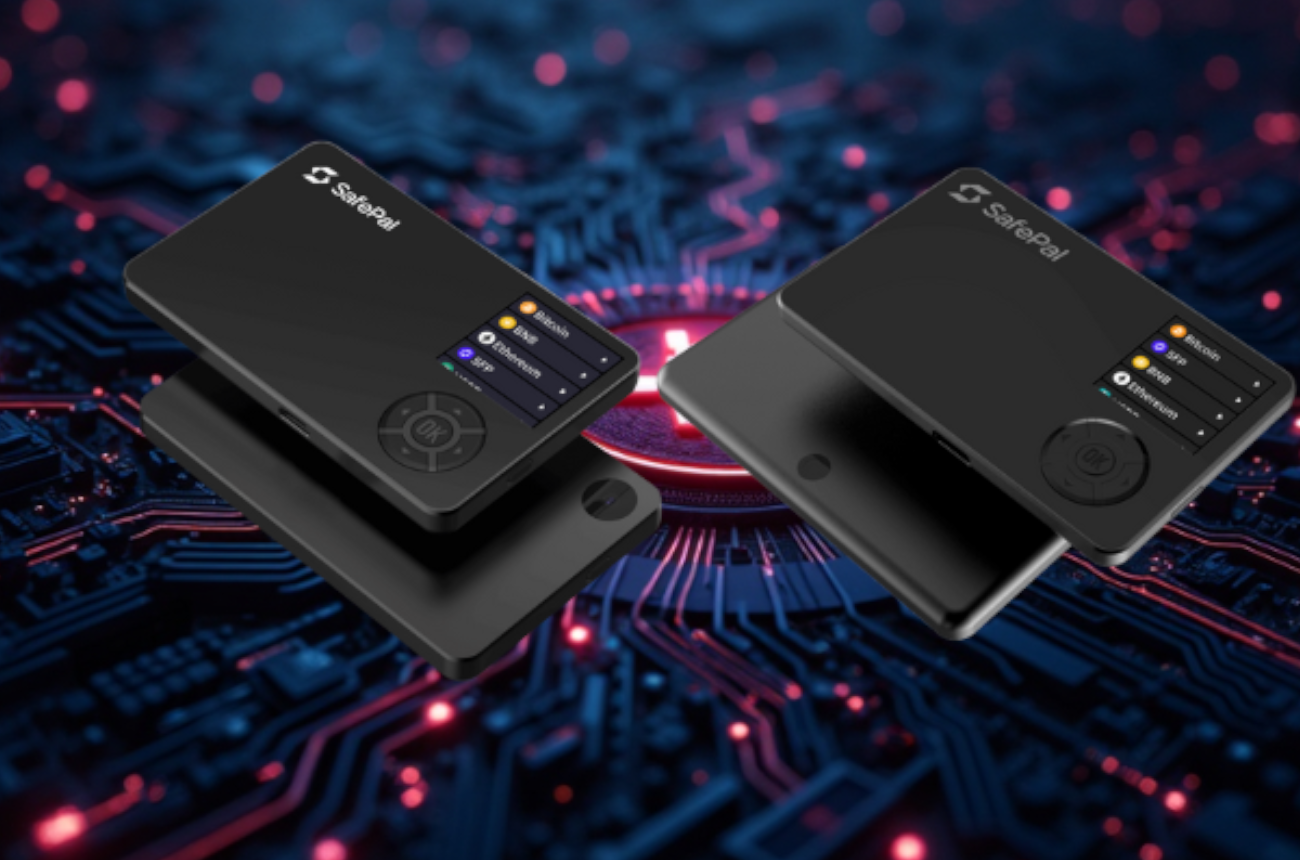
.png)
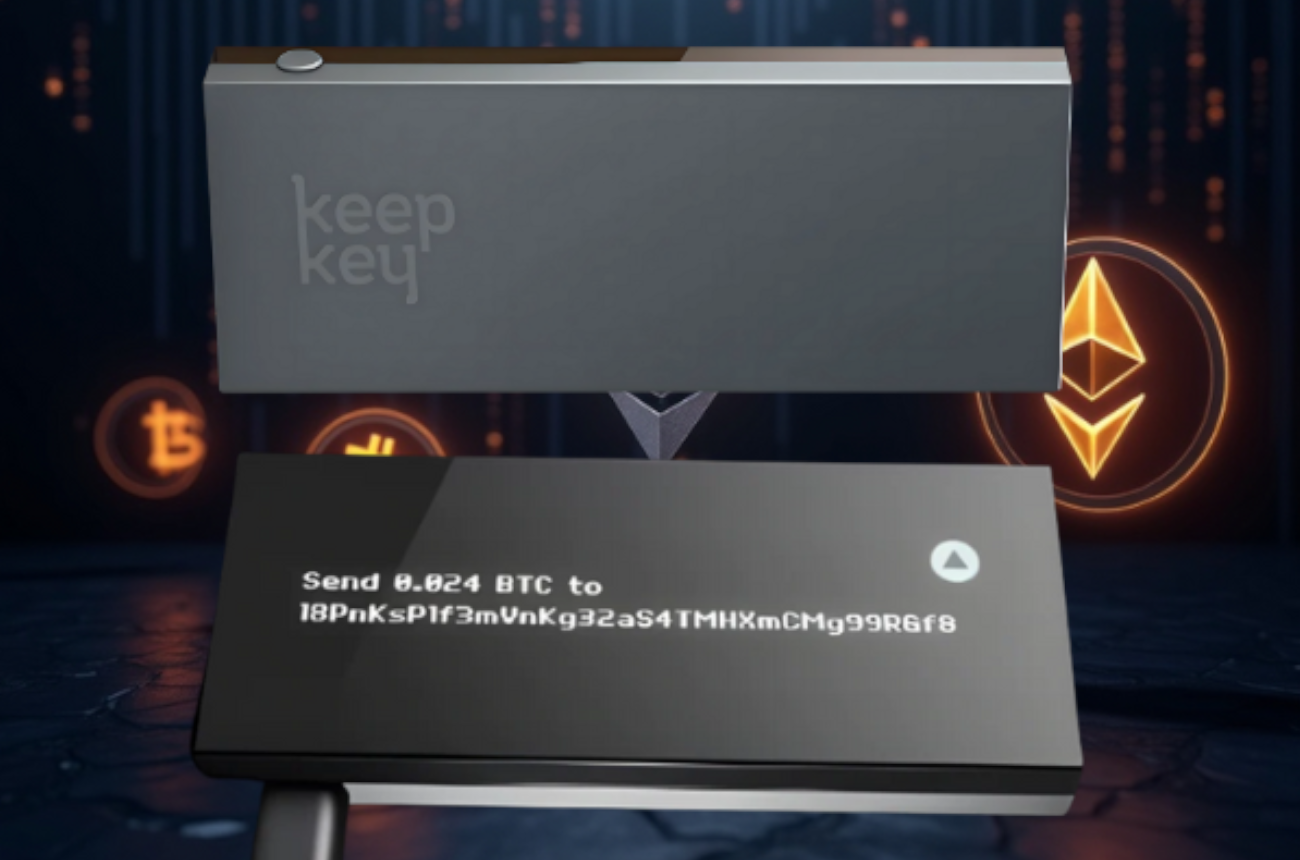

.svg)
